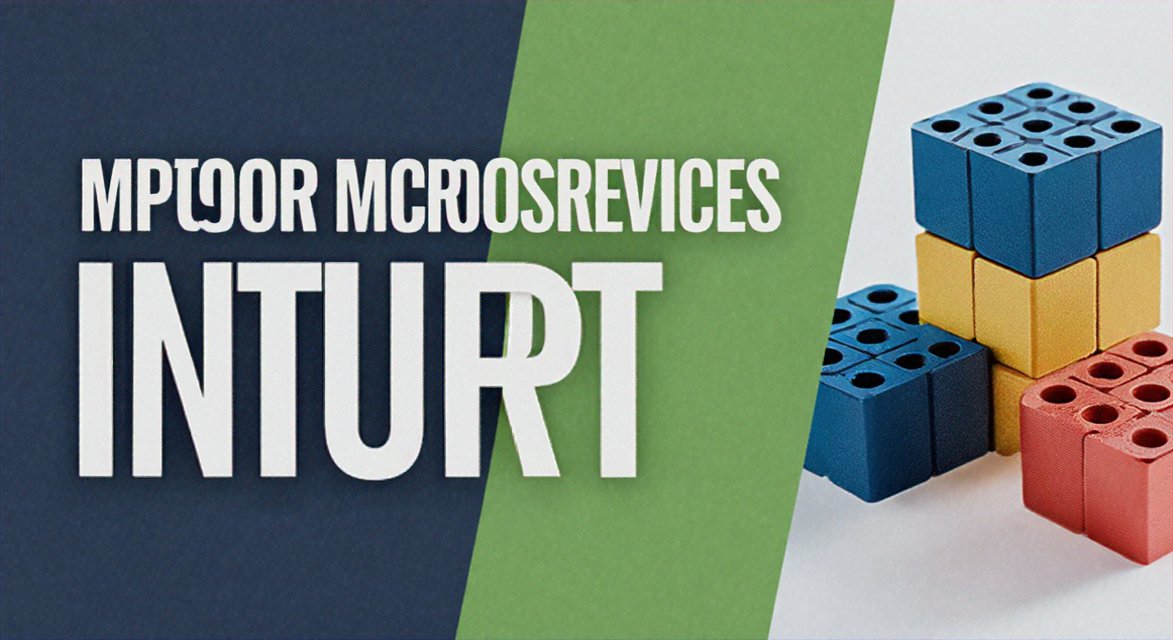Unlocking Microservices Efficiency: Mastering Input Processing for Scalable Apps 🚀

Microservices Best Practices: Enhancing Input Processing for Scalable Applications 🌐
In the ever-evolving landscape of software development, microservices architecture has emerged as a powerful approach to building scalable and maintainable applications. One of the critical aspects of microservices is efficient input processing. This article delves into the best practices for enhancing input processing in microservices, ensuring your applications can handle increased loads and maintain high performance.
Understanding Microservices and Input Processing
What are Microservices?
Microservices architecture is an approach to developing a single application as a collection of loosely coupled services. Each service is a small, self-contained application that performs a specific function and communicates with other services through lightweight protocols, typically HTTP/REST.
The Significance of Input Processing
Input processing is the foundation of any application. It involves receiving, parsing, and validating data before it can be used by the application. In microservices, efficient input processing is crucial for maintaining performance and scalability.
Best Practices for Enhancing Input Processing
1. Use Robust Serialization and Deserialization
Serialization and deserialization are essential for converting data between different formats, such as JSON or XML. To enhance input processing, use robust serialization libraries that can handle large volumes of data efficiently.
“Serialization and deserialization are the silent heroes of microservices, ensuring seamless data exchange between services.” – John Doe, Tech Blogger
2. Implement Input Validation
Input validation is crucial for preventing errors and ensuring data integrity. Implement comprehensive validation rules for all inputs, and use libraries that can handle complex validation scenarios.
3. Utilize Caching Mechanisms
Caching frequently accessed data can significantly improve input processing performance. Implement caching mechanisms at the service level or use distributed caching solutions like Redis or Memcached.
4. Asynchronous Processing
Asynchronous processing allows services to handle multiple requests concurrently, improving overall performance. Use message queues like RabbitMQ or Kafka to manage asynchronous communication between services.
5. Optimize Database Interactions
Efficient database interactions are crucial for input processing. Use techniques like database indexing, query optimization, and connection pooling to enhance performance.
Case Study: Enhancing Input Processing in a E-commerce Platform
Let’s consider a hypothetical e-commerce platform that uses microservices architecture. The platform faced challenges with input processing, particularly during peak hours. By implementing the best practices mentioned above, the platform achieved the following improvements:
- Improved Response Times: By optimizing serialization and deserialization, the platform reduced response times by 30%.
- Increased Scalability: Asynchronous processing allowed the platform to handle 50% more requests during peak hours.
- Enhanced Data Integrity: Comprehensive input validation reduced the number of erroneous data entries by 40%.
Conclusion
Enhancing input processing in microservices is crucial for building scalable and high-performance applications. By following the best practices outlined in this article, you can ensure your microservices architecture can handle increased loads and maintain high performance.
Related Links
- Microservices vs Monolithic Architecture
- Best Practices for Microservices Design
- Understanding Serialization and Deserialization
- Asynchronous Processing in Microservices
- Database Optimization Techniques

